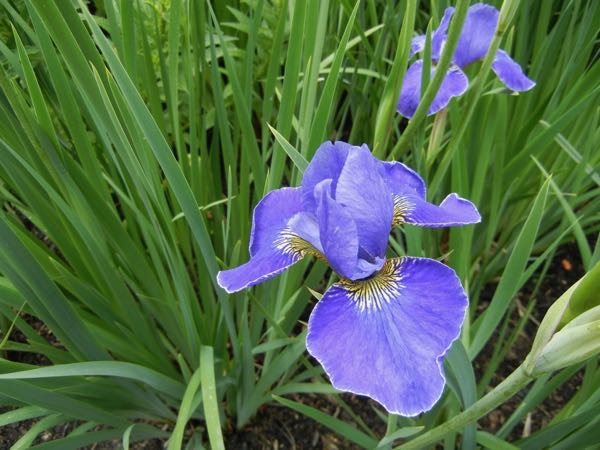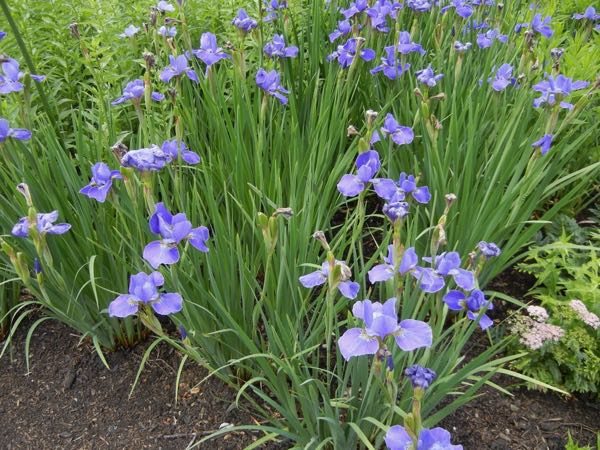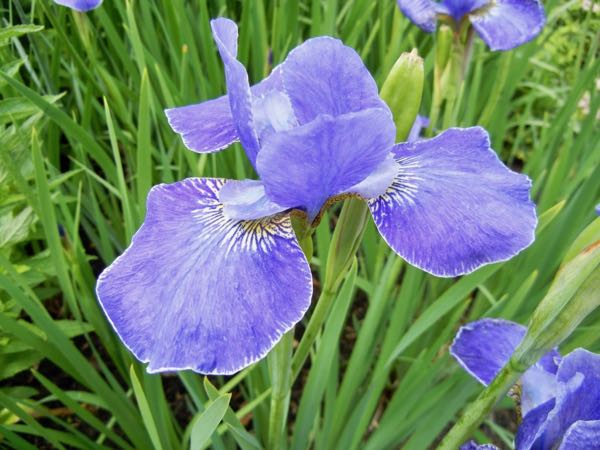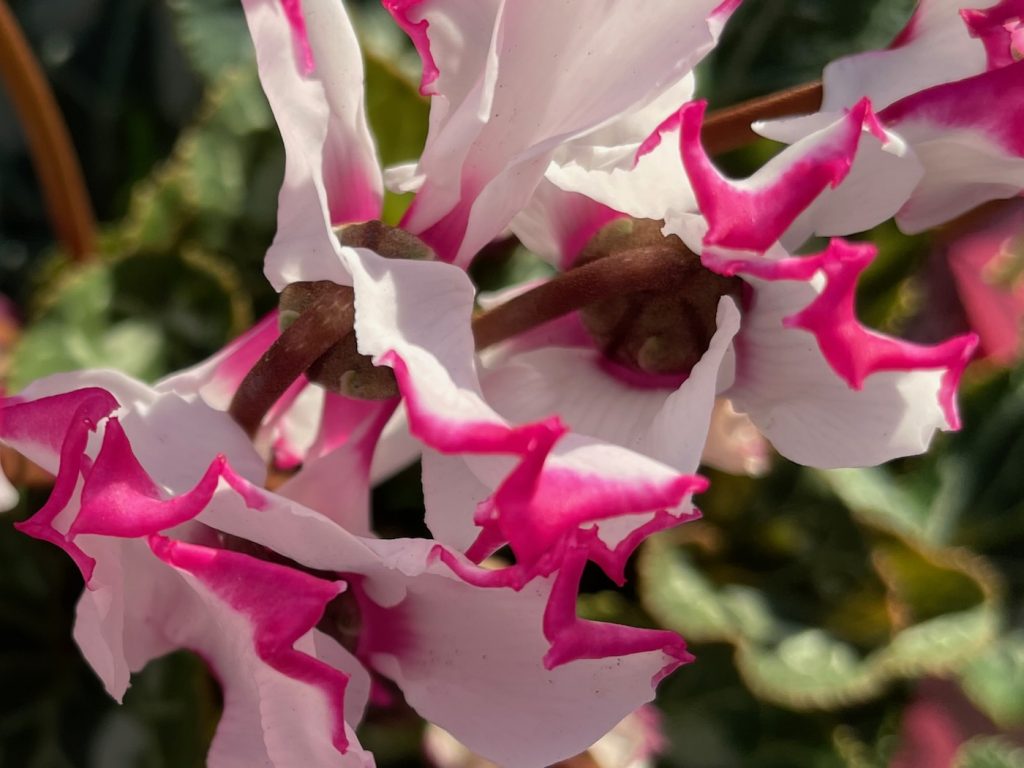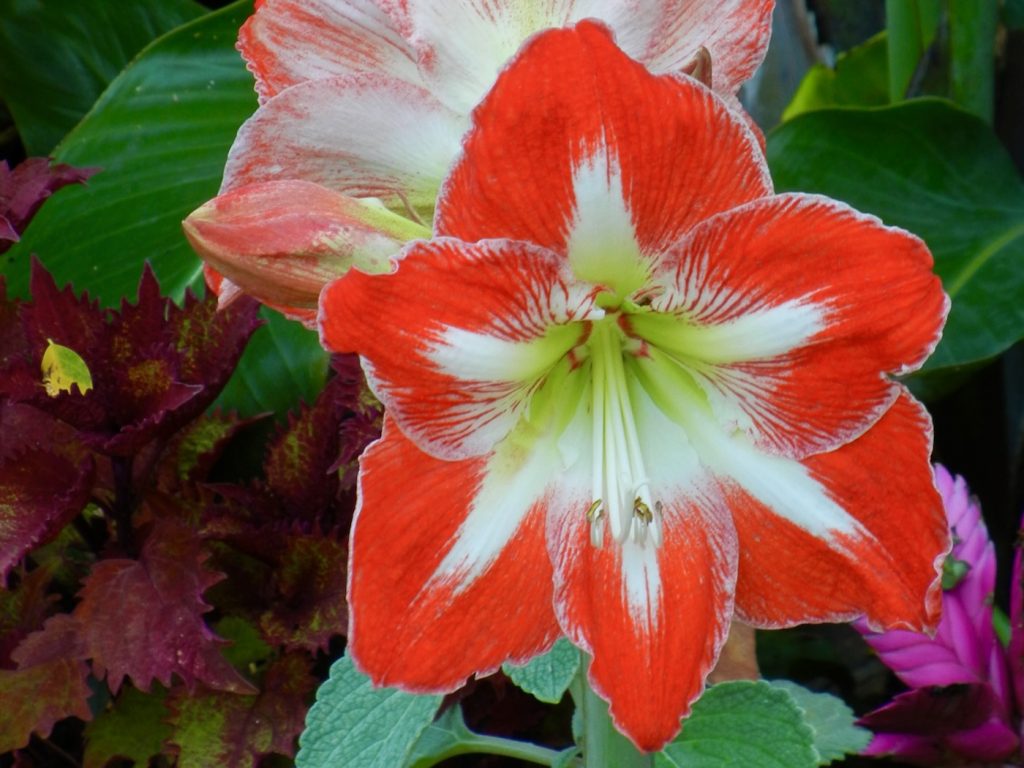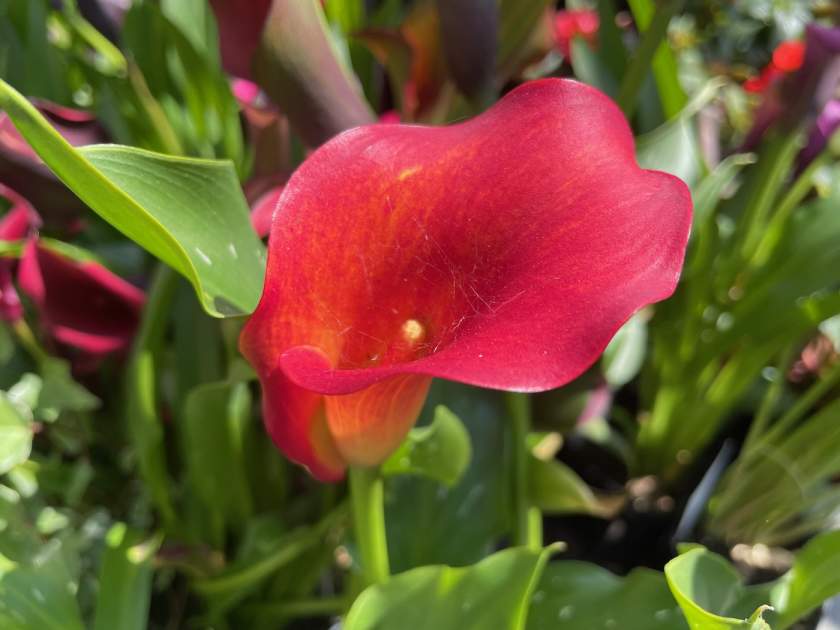Iris sibirica: Embracing the Beauty of Siberian Iris
Iris sibirica, commonly known as Siberian Iris or Siberian Flag, is a captivating herbaceous perennial that belongs to the Iridaceae family. With its rhizomatous growth habit and stunning flowers, this iris species adds elegance and charm to gardens. Let’s delve into the details of growing and appreciating Iris sibirica.
Native to a vast region stretching from Europe to Central Asia, Iris sibirica was initially named Iris augustifolia by Carolus Clusius. The plant’s discovery in Siberia can be attributed to monks, and it was first published by Carl Linnaeus in 1753.
The leaves of Iris sibirica are long and grass-like, with distinctive ribbing. Growing up to 80cm or 31 inches in length, these leaves form an attractive backdrop for the flowers. In autumn, the leaves turn yellow and gradually die down, preparing for the winter season. Notably, the unbranched stems of Iris sibirica help distinguish it from Iris sanguinea.
The flowers of Iris sibirica emerge on stems that are taller than the leaves, creating an eye-catching display. The color palette of these flowers ranges from various shades of blue to violet and purple. Each flower is adorned with three brownish paper-like spathes. The blossoms consist of two pairs of petals: three large sepals, known as falls, and three smaller sepals called standards. The falls exhibit delicate veins and a splash of white at the base. Once the flowers fade, Iris sibirica forms seed capsules containing two rows of dark brown seeds, contributing to its reproductive cycle.
To cultivate Iris sibirica, follow these guidelines:
Sunlight: Plant Iris sibirica in a location that receives full sun or partial shade. While it can tolerate partial shade, excessive shade may reduce flower production.
Soil: Iris sibirica thrives in medium to wet soil conditions. Ideally, the soil should be slightly acidic. Ensure good drainage to prevent waterlogging, as overly saturated soil can be detrimental to the plant’s health. While the species prefers moisture, it is also known to exhibit drought tolerance once established.
Resistance: Iris sibirica is renowned for its resistance to browsing by deer and rabbits, making it a favorable choice for gardeners facing challenges with these pests.
With its graceful form, vibrant flowers, and resilience, Iris sibirica is a welcome addition to any garden. By providing the appropriate sunlight, well-drained yet moist soil, and considering the plant’s resistance to deer and rabbits, you can cultivate a thriving display of Siberian Iris. Embrace the beauty of Iris sibirica and allow its exquisite blooms to enhance the aesthetics of your outdoor space.
